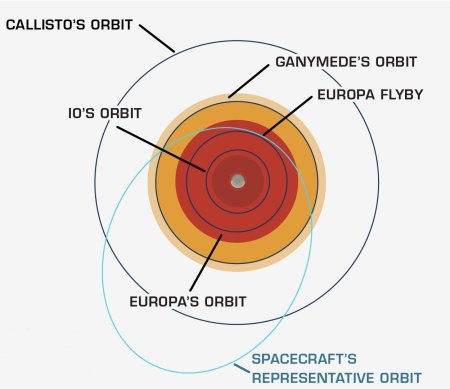Good news: The European Union’s space law is delayed
According to comments by one official of the European Union (EU) at a conference in Italy this week, its proposed space law has been delayed and will not be ready for publication in 2024, as previously promised.
It appears the delay is mostly because of what appear to be complex objections to this law from many of the EU’s many member nations.
Ten of the European Union’s 27 member states “have a full-fledged national space law addressing private-sector operation,” Von der Dunk said. The national laws cover authorization and supervision of commercial activities under Article VI of the 1967 Outer Space Treaty.
The EU’s authority to promote scientific progress and the industrial competitiveness of member states comes from the 2007 Lisbon Treaty. That authority is limited, though. “The commission has to make an argument why [space law] should be treated at the EU level, as opposed to the national level,” Von der Dunk said. [emphasis mine]
As I noted in April 2024 when the release of the EU’s space law was pushed back until the summer of 2024 (which by the way did not happen), those member nations do not wish to give the EU that authority, as the EU’s track record in these kinds of matters is heavy regulation and a lot or red tape, all designed to give it power and squelch private enterprise.
It appears those member nations are acting to block this law, and appear to be succeeding. My guess is that Germany, France, Spain, and Italy are the main opponents, all of which have their own space laws in place and are now developing viable private commercial rocket and spacecraft companies. They don’t want the EU’s busy hands anywhere close to these businesses, because they expect it to squash them if it gets the chance.
According to comments by one official of the European Union (EU) at a conference in Italy this week, its proposed space law has been delayed and will not be ready for publication in 2024, as previously promised.
It appears the delay is mostly because of what appear to be complex objections to this law from many of the EU’s many member nations.
Ten of the European Union’s 27 member states “have a full-fledged national space law addressing private-sector operation,” Von der Dunk said. The national laws cover authorization and supervision of commercial activities under Article VI of the 1967 Outer Space Treaty.
The EU’s authority to promote scientific progress and the industrial competitiveness of member states comes from the 2007 Lisbon Treaty. That authority is limited, though. “The commission has to make an argument why [space law] should be treated at the EU level, as opposed to the national level,” Von der Dunk said. [emphasis mine]
As I noted in April 2024 when the release of the EU’s space law was pushed back until the summer of 2024 (which by the way did not happen), those member nations do not wish to give the EU that authority, as the EU’s track record in these kinds of matters is heavy regulation and a lot or red tape, all designed to give it power and squelch private enterprise.
It appears those member nations are acting to block this law, and appear to be succeeding. My guess is that Germany, France, Spain, and Italy are the main opponents, all of which have their own space laws in place and are now developing viable private commercial rocket and spacecraft companies. They don’t want the EU’s busy hands anywhere close to these businesses, because they expect it to squash them if it gets the chance.






